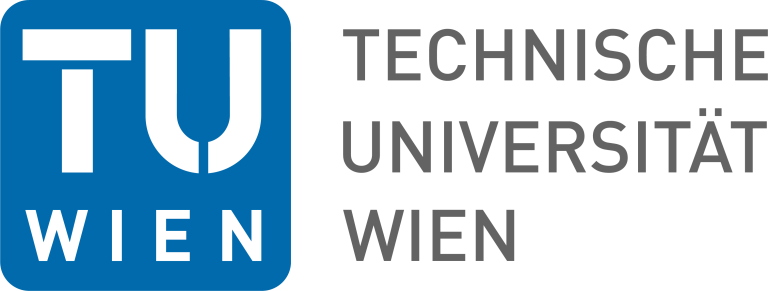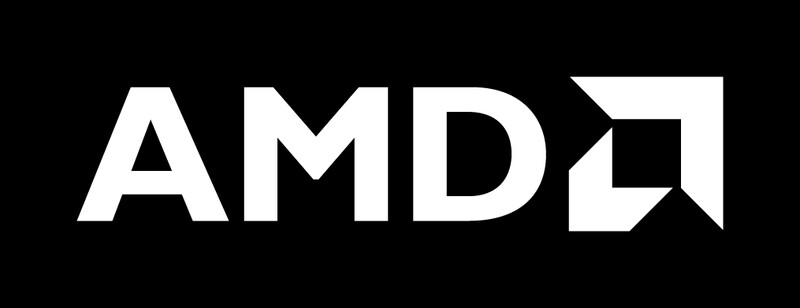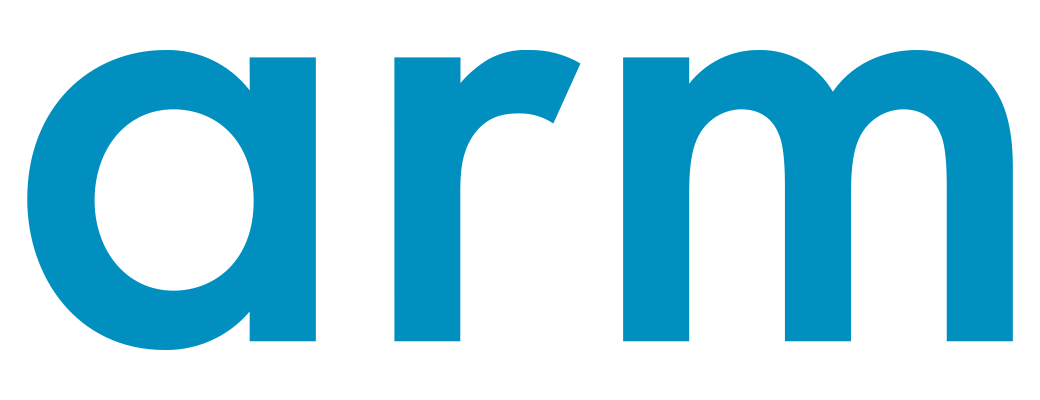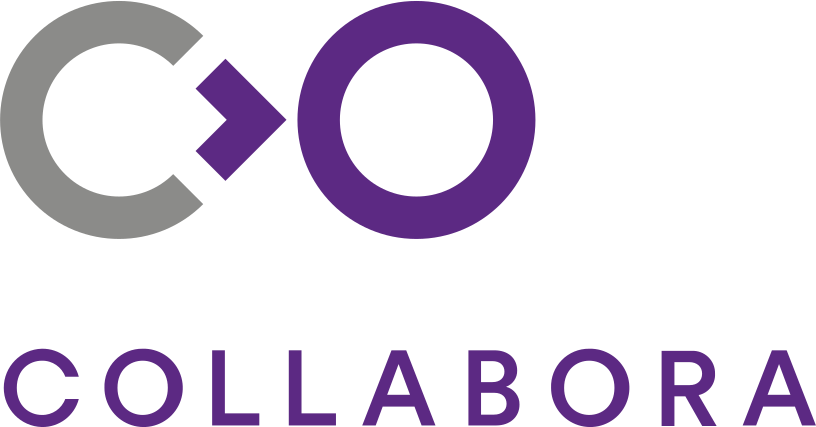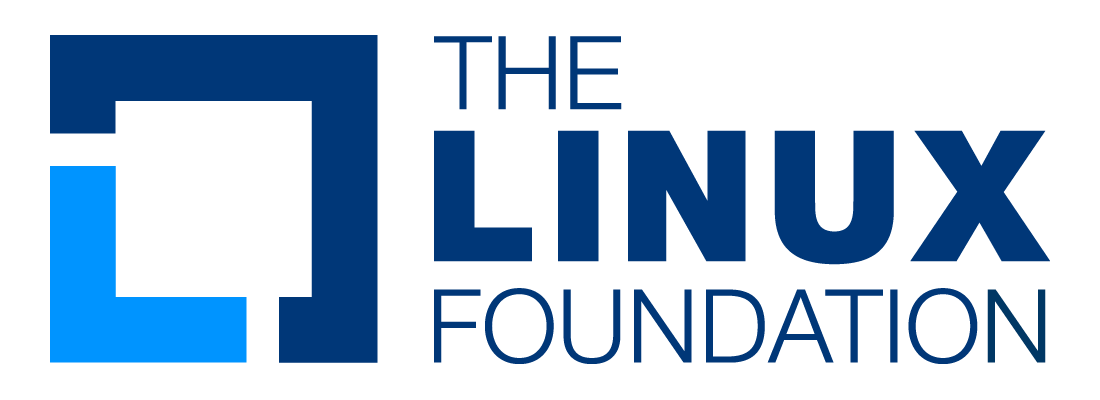Description
Frobisher Auditorium 2
This talk will take the usual bird's eye look at what's been happening in and around GStreamer in the last release cycle(s) and look forward at what's next in the pipeline.
Laerdal Medical is dedicated to helping save lives by being a leading provider of medical training resources around the world, from hardware like CPR manikins to software, such as SimCapture. Underpinning SimCapture is a media recording and streaming service called CaptureNode, which, over time, has migrated from Flash to WebRTC and continues to grow to better serve the medical community. In...
The Threadshare framework is an asynchronous runtime and a set of elements which allows reducing resource usage when handling many streams.
It was introduced in 2018 and presented at the GStreamer conference in Edinburgh the same year.
After a reminder of the core principles of the framework, this talk will present the changes which occured since 2018.
A common question from people who are interested in using GStreamer and who are planning to use C++ is, which C++ bindings to use. Most of the available choices so far are essentially unmaintained or not widely used, so the recommendation was usually to use the C API directly. I hope to change this recommendation now.
This year a new C++ bindings generator for GObject-based libraries was...
Brief history of GStreamer use at Twilio - starting from Video rooms in 2016 to modern day media processing on Gstreamer for voice, media recordings, media streams and integration with conversational AI providers.
GstAnalytics has evolved into an important part of GStreamer, providing powerful elements and metadata APIs that streamline the creation of sophisticated analytics pipelines. This presentation showcases the significant advancements made to GstAnalytics this year, including:
- Tensor negotiation capabilities for seamless ML model integration
- More Pythonic bindings that facilitate...
ICE (Internet Connectivity Establishment) is a widely used standard for NAT (Network Address Translation) hole punching. If NAT hole punching fails, then TURN (Traversal Using Relays around NAT) can be used to relay data between peers.
librice is a sans-IO library that handles the intricacies of ICE and has recently gained support for communicating with TURN servers. We will...
Basic support for VVC/H.266 was added in GStreamer 1.26. This talk will give an overview of the VVC codec and ecosystem, along with the building blocks and contributions in GStreamer for supporting this codec.
This is a continuation from my 2023 presentation (https://indico.freedesktop.org/event/5/contributions/232/).
In this iteration I will present the improvements that have been made to existing speech to text and translation elements, new transcription backends (deepgram, ..), and a new family of text to speech elements.
A demo might even happen!
We will guide you through our journey from a proprietary software and hardware solution to an open and Gstreamer-based platform for our IP based audio distribution at the Swedish public radio broadcaster, Sveriges Radio (SR). Sharing experiences, challenges, opportunities and crossroads we have faced when building, deploying and operating this hybrid cloud solution. Our platform supports both...
Debugging and hardening software that relies on GStreamer often comes down to experience and the ability to pinpoint where problems really come from. Since GStreamer is Open Source, anyone can build that expertise, provided they can break problems down and trace them to their origin.
In this talk, Nicolas will describe the methods he uses in practice such as: splitting bitstreams into...
GStreamer’s playbin3 element provides a convenient and simple interface for basic media playback. Like earlier playbin elements, it has some support for external subtitles, but with some limitations. Extending it to handle multiple auxiliary streams - such as multiple audio or subtitle tracks - reveals a surprising number of complexities.
This talk delves into the challenges faced when...
In this talk, we introduce how AMD's HIP has been integrated into GStreamer. We will look at the motivation behind supporting HIP, the integration approach, and what it means for building GPU-accelerated media pipelines that run efficiently on both AMD and NVIDIA hardware.
Starting in the spring of 2018, our company has rebuilt the core technology of our video server platform on top of GStreamer. What started as a proof-of-concept to solve a cost of goods problem grew into a complete re-architecture of our application, enabling new products and solutions we never thought possible before.
In this talk, I’ll share our journey with GStreamer: how we first...
The presenter has had the privilege of working on an app that requires low latency audio capture and render on macOS, Windows, and Linux. This has allowed him to make a direct comparison between the audio servers on these operating systems.
In this talk, he will talk about some of the challenges involved in shipping a production-ready desktop app that runs on all three OSes.
This session will introduce newly added Direct3D12-based elements and features, and highlight the latest improvements. Building on last year’s presentation, we will showcase the progress made and share practical updates for creating efficient media pipelines on Windows
Earlier this year, I began writing a native PipeWire client library in Rust. The aim is to provide a safer alternative to the bindings around the C library, while also reducing the amount of boilerplate in both the library implementation and the user-facing API.
Achieving parity with the C API is no small task. In this talk, I will go over the overall approach to solving the problem, review...
